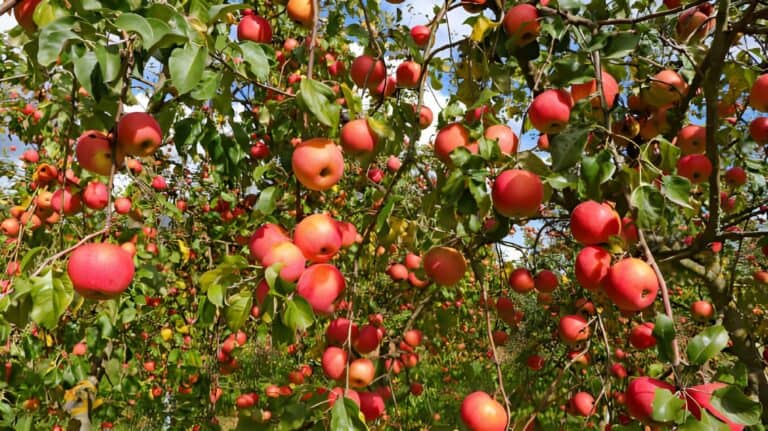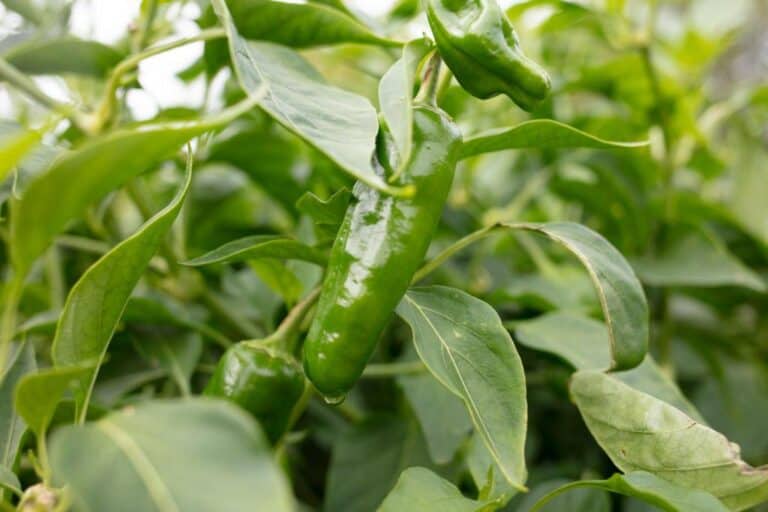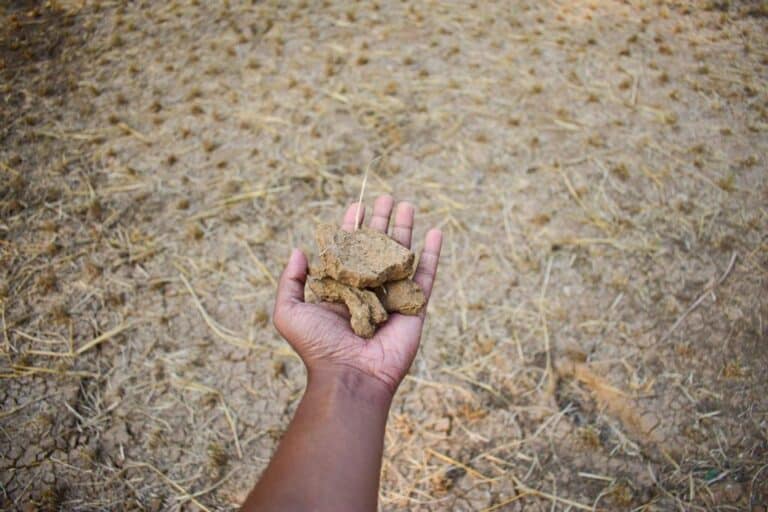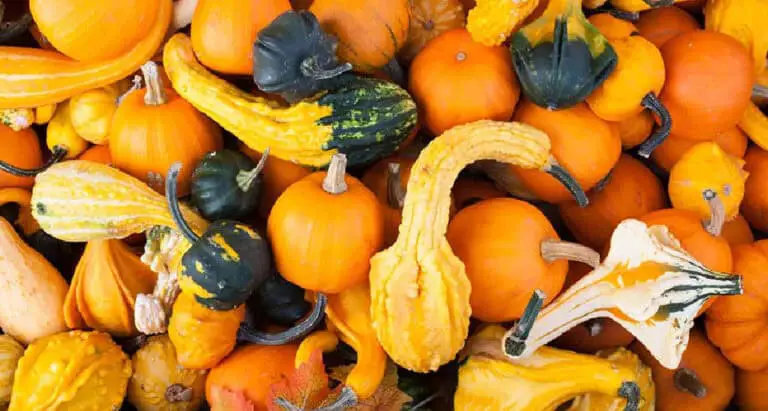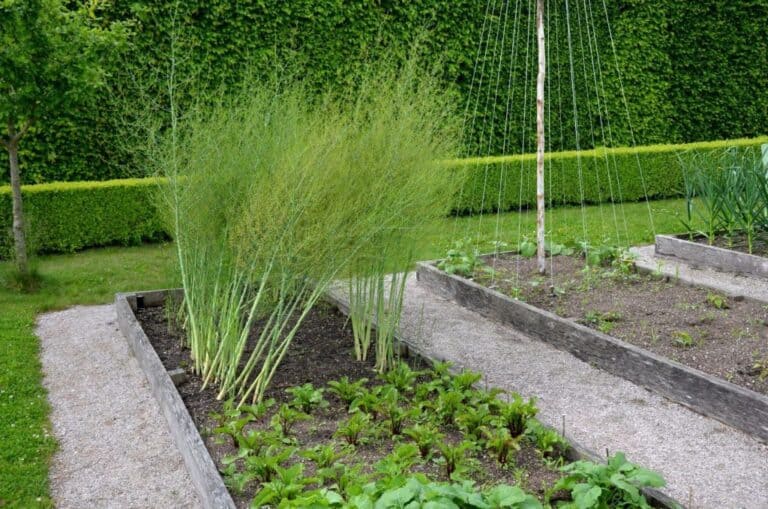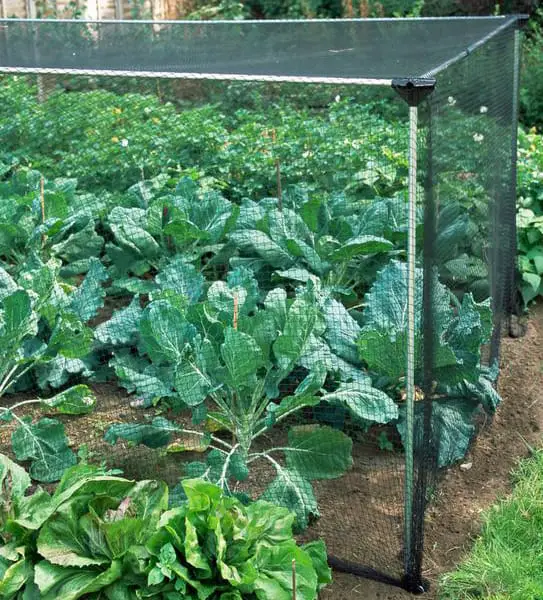Are Green Beans a Fruit or Vegetable? (Culinary, Botanically, Horticulturally, Culturally, Legally)

Green beans are a staple ingredient in many diets, but the question of whether they are considered a fruit or vegetable is one that has been debated for years.
Knowing why green beans, fruits or vegetables, can help individuals make smart food choices for their health. While they may look and taste like a vegetable, green beans actually have characteristics of both fruits and vegetables.
So, are green beans a fruit or a vegetable?
It depends on who you ask. On the dinner plate, a green bean is a vegetable, but scientifically it is a fruit, and some smarty pants will call them a legume. So let’s break down how green beans are categorized in every way, as a vegetable, a fruit, or something else.
This article will explore the different ways in which green beans can be classified and provide insight into why it can be difficult to determine which group they belong to.
Green Beans: A Long Food History
The oldest known record of green beans dates back to the Neolithic period, around 5500 BC, when early humans first began cultivating them. From then on, they were widely used in ancient Greece and Rome as a popular side dish or topping for salads.
In the Middle Ages, green beans were even used as medicine to treat stomach aches and headaches, among other things.
Through trade routes with Asia, Africa, and South America during the 16th century, different types of green beans spread throughout Europe, where they remain popular today.
In the early days of French cuisine, they were served in restaurants for the first time. This could have been the origin of their first olive oil dressing or butter sauté.
Culinary: Are Green Beans a Vegetable?
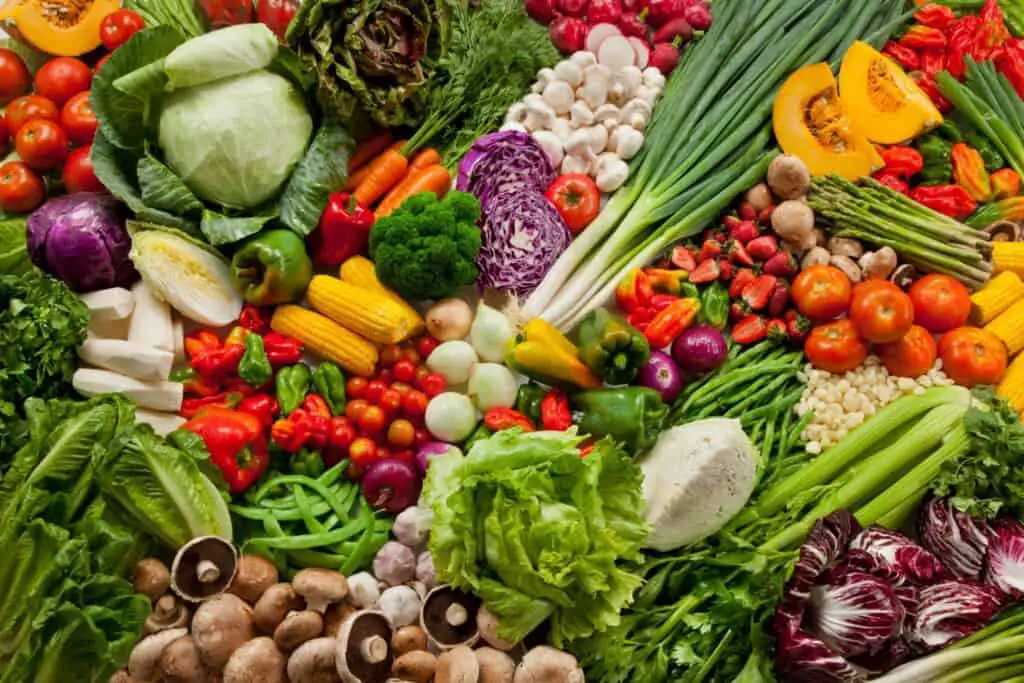
Vegetables are used in cooking as a side dish or a main course and have a flavor that is less sweet and more savory. A fruit has a sweet or tart flavor and is usually served as a dessert, snack, or juice.
Texture is also important. Vegetables have a harder texture than fruits, which are smoother. From a culinary perspective, green beans are considered a vegetable!
In culinary use, green beans can be added raw to salads or cooked in a variety of ways, such as stir-frying, steaming, or boiling. They can be served alone or mixed with other vegetables, like carrots and onions.
To bring out their sweetness and ensure they retain their shape when cooked, it’s important not to overcook them. For best results, cook until the desired tenderness is reached without letting them get too soft.
Botanically: Are Green Beans a Fruit?
Botanically speaking, green beans are fruits. Green beans belong to the Fabaceae family of plants, and they contain seeds inside their pods, which classifies them as a type of fruit according to botanical classification systems like the Angiosperm Phylogeny Group (APG).
They are the structures that bear the seeds of the plant, making them fruit. Producing fruit allows plants to reproduce and produce seed.
The seeds are then spread through the wind or through the digestive tract of an animal. The spreading of seeds should not be confused with pollination. Pollination is needed for a fruit with seeds to form in the first place. Most of the time, male pollen moves from male flowers to female flowers by itself, by the wind, or by insects.
A legume is a scientific family of plants that all have the same type of fruit, a bean. Legumes provide fiber, minerals, and vitamins like many vegetables, but unlike most veggies they also provide a large dose of proteins and carbohydrates.
Horticulturally: Are Green Beans a Fruit or a Vegetable?
Horticulture is the agriculture of plants for human use as food or any other purpose. Horticulture differs from agriculture in two ways. Horticulture typically has smaller growing operations and a wider variety of plants.
In horticulture, the products of herbaceous annual plants are vegetables, and the products of woody perennial plants are fruits.
Herbaceous annual plants grow and die back every year and have pliable stems and branches. Woody perennials have more durable stems and branches and come back year after year, like fruit trees.
Therefore, horticulturally speaking, green beans are a vegetable!
Culturally: Are Green Beans a Fruit or a Vegetable?
When we go to the grocery store, we find green beans next to other vegetables, whether in the produce section or in the canned vegetable aisle. I’ve never seen a fruit basket with green beans in it. I think it’s safe to answer the question: “Are green beans a fruit or vegetable?” by saying that, culturally, we consider green beans a vegetable.
Legally: Are Green Beans a Fruit or Vegetable?

In a Supreme Court case in 1893, Nix v. Hedden, an importer of tomatoes tried to get out of paying import taxes by claiming that tomatoes were fruits. At the time, imported vegetables had a 10% tax placed on them, and fruits came under a free clause.
The defendants then read definitions from the dictionary, including the following: pea, eggplant, squash, and pepper. The plaintiff then read the following definitions: potato, turnip, parsnip, cauliflower, cabbage, carrot, and bean.
The Supreme Court decided that tomatoes are a vegetable! The court acknowledged that tomatoes were a fruit according to botany. The court ruled that tomatoes are vegetables because they are usually called “vegetables” at markets and are used in main dishes instead of desserts.
It’s safe to assume that this ruling would play out the same way for green beans since they are both referred to as vegetables and used culinarily as vegetables. Therefore, green beans are legally a vegetable!
Some Interesting Facts About Green Beans
- The string that is in some beans runs the length of the pod and can make eating them a chore and a constant spitting out of the fibrous string. Botanist Calvin Keeney made a stringless green bean in 1894 through selective breeding and is now known as “the father of the stringless bean”.
- Raw green beans are poisonous! Just a little bit though. If you’re going to eat them raw the seeds have the most toxins so choose young pods with small seeds. Cooking the beans eliminates the toxins.
- Green Giant set a new Guiness World Record for the biggest green bean casserole. The casserole weighed 1,009 lbs. and was served to 3,000 New Yorkers through City Meal on Wheels.
- Green beans, along with all legumes, are nitrogen fixing plants. This means that they add nitrogen to the soil they’re grown in by taking it out of the air and transferring it to the soil. It’s actually a bacteria called rhizobia that forms in the roots of the legumes in nodules that does the nitrogen fixing. The rhizobia and green beans have a symbiotic relationship. The green beans act as host to the rhizobia giving them a place to stay and the rhizobia produce nitrogen in the soil, an essential nutrient for plant growth.
- The term snap beans comes from the snap when the bean is broken in half.
- China is by far the country with the largest green bean production followed by Indonesia, India, and Turkey.
- The US produces green beans on 201,154 acres, with the top three producing states being New York, Wisconsin, and Florida.
- Mesoamerica is where green beans first appeared about 7,000 years ago.
- Green beans are an excellent source of vitamin K, and a good source of manganese, vitamin C, dietary fiber, folate and vitamin B2, copper, vitamin B1, chromium, magnesium, calcium, potassium, phosphorus, choline, vitamin A, niacin, protein, omega-3 fatty acids, iron, vitamin B6 and vitamin E.
- H. Hurley in Fuguay-Varina, North Carolina, holds the Guiness World Record for the biggest green bean ever produced after growing one in 1996 that was 4 feet, 0.75 inches long..
- Green beans are the third most popular garden vegetable grown coming in behind tomatoes and peppers.
- All legumes, including green beans, are nitrogen-fixing plants. This means that they add nitrogen to the soil they are grown in by removing it from the air and transferring it there.
- There are 130 different types of “green” beans that range from purple, yellow, or spotted.
- To lower the sodium level of canned green beans, you should drain and rinse them.
- Because green beans are such a rich source of vitamin K, people that are taking blood thinners such as coumadin should not suddenly eat large batches of them as vitamin K plays an important role in blood clotting.

